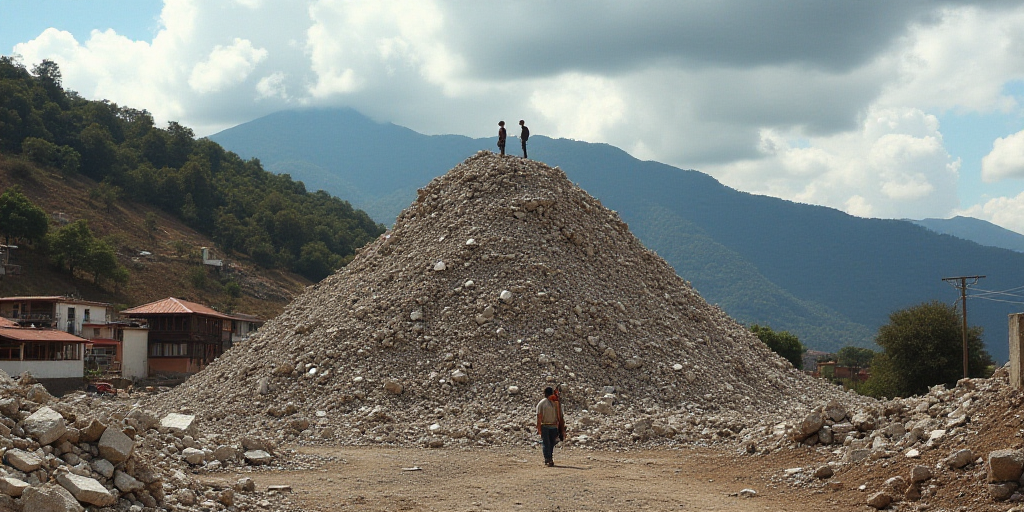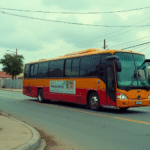Introduction
In Mexico City, self-construction of housing is a primary means for people to acquire their own homes. However, building a house in a seismic zone without professional supervision poses risks ranging from collapses, differential settlements, to structural failures that could cost lives. According to Materiales San Cayetano Express, six out of ten homes are built without the supervision of architects or engineers, a phenomenon driven by limited access to formal credit.
Personal Story
Juan Carlos Méndez, a resident of Cuautepec, Mexico City, shared his experience: “I thought that just pouring concrete blocks was enough. After the 2017 earthquake, I saw several houses in my neighborhood cracked and even collapsed. An engineer helped me reinforce the beams with steel rods and explained the soil issue. I spent more than planned, but now I sleep peacefully.”
Expert Advice
Experts warn that in a city like Mexico City and its surroundings, where earthquakes are frequent and soft soil amplifies seismic effects, safety should be the core focus of self-construction.
“We need to emphasize educating the self-constructor. We do this through practical demonstrations, training, and product testing. Our main goal is to provide security for families who decide to build their homes independently,” said Oscar Montoya, General Manager of Materiales San Cayetano Express.
Key Strategies for Self-Construction in Seismic Zones
To minimize risks in self-construction of housing in seismic zones, experts suggest incorporating basic safety measures:
- Appropriate foundation based on soil type: In soft soils like those in Iztapalapa, additional reinforcements are required. A basic soil mechanics study can make a significant difference.
- Use of industrialized partition walls: They ensure uniformity and strength, resulting in stronger walls and reduced structural risk.
- Training for the self-constructor: Understanding how to mix materials or correctly place partition walls minimizes issues from the start.
- Controlled height and weight: It is recommended not to exceed two levels in unsupervised constructions and avoid overly heavy concrete roofs.
- Symmetrical distribution: Avoid improvised expansions and maintain walls and columns aligned to help the structure distribute seismic energy better.
- Minimum technical supervision: The advice of an engineer or architect during critical stages (foundations, structure, and slab) reduces the risk of collapse.
- Accessible quality materials: Products like ready-mix concrete or advanced bricks available in the local market improve the durability and safety of homes.
Key Questions and Answers
- Why is professional supervision important for self-construction in seismic zones? Professional supervision ensures that the construction adheres to safety standards, minimizing risks of collapses and structural failures.
- What are some basic safety measures for self-construction in seismic zones? These include appropriate foundations based on soil type, use of industrialized partition walls, training for self-constructors, controlled height and weight, symmetrical distribution, minimum technical supervision, and accessible quality materials.
- How does soft soil affect construction in seismic zones? Soft soils amplify seismic effects, making additional reinforcements necessary to ensure structural integrity.






